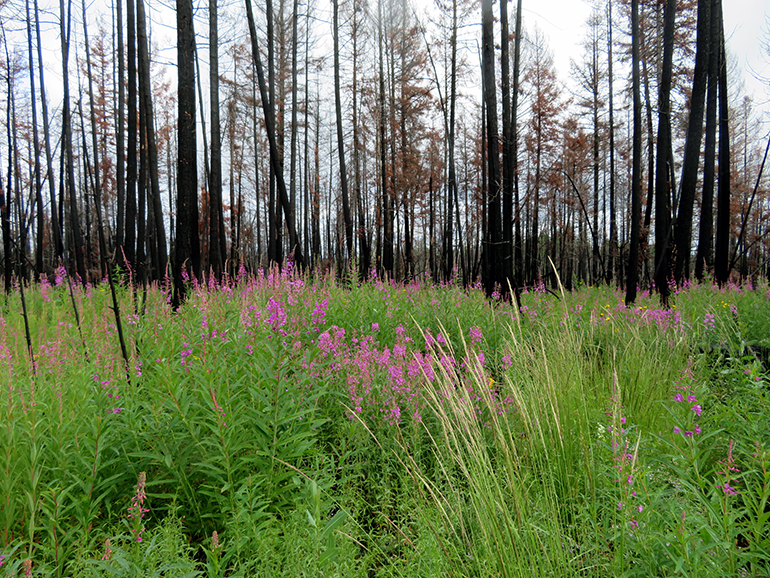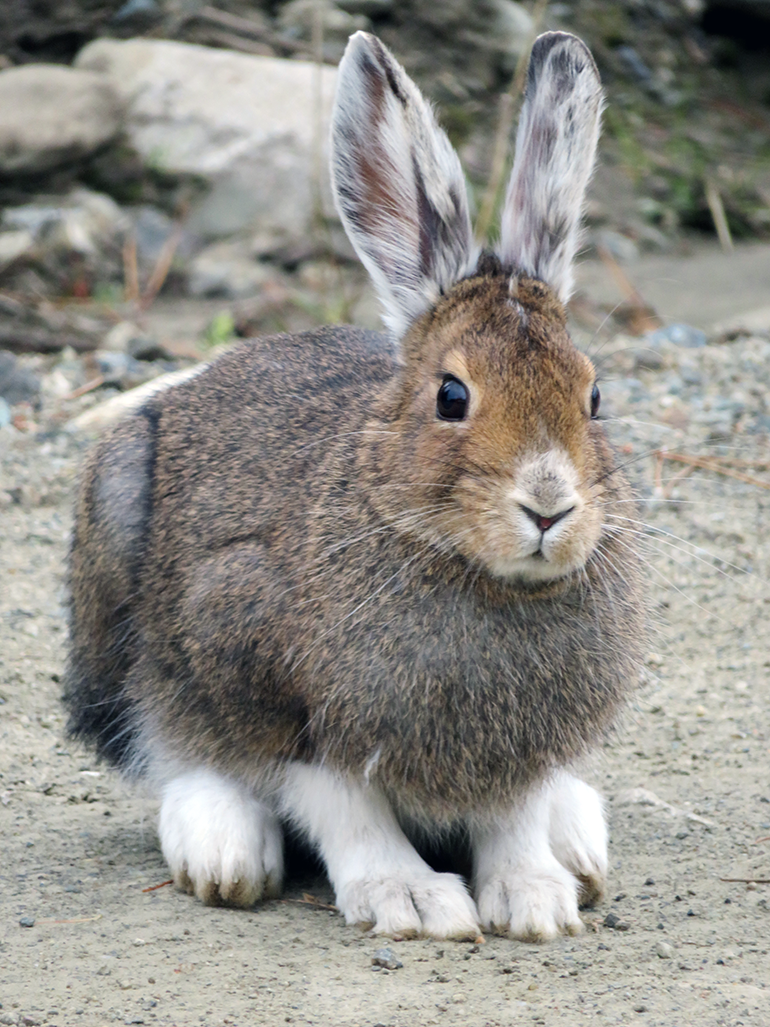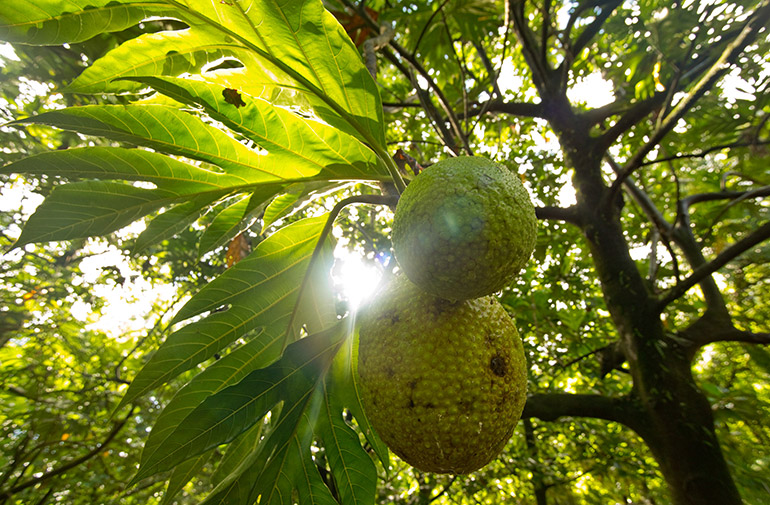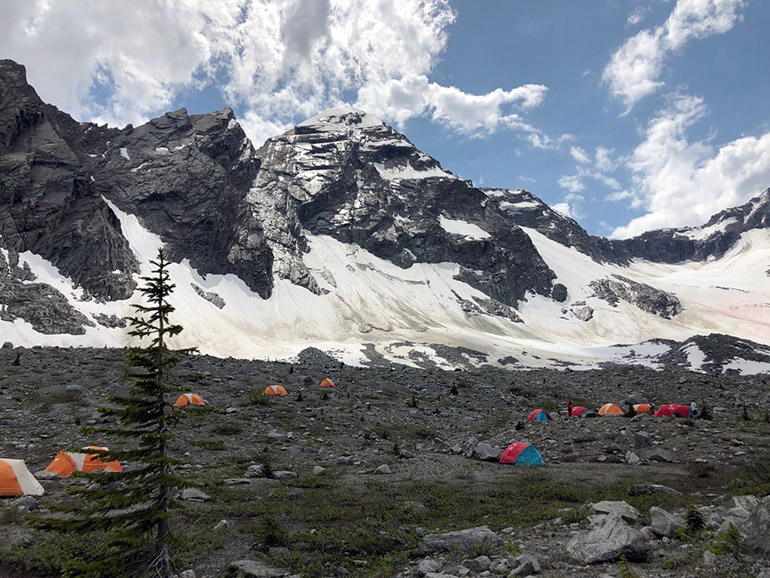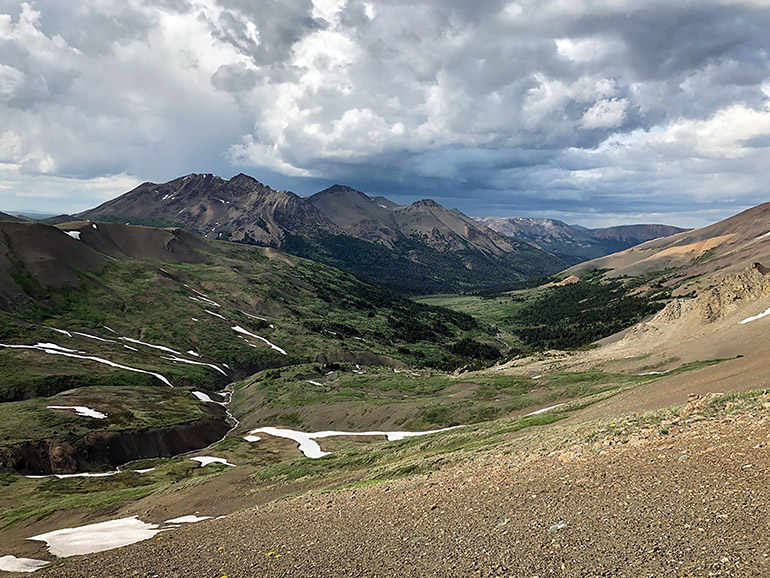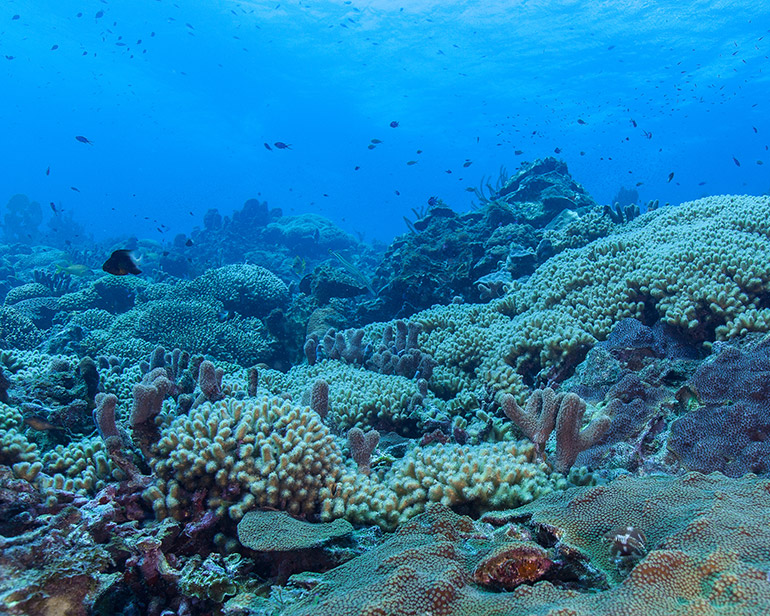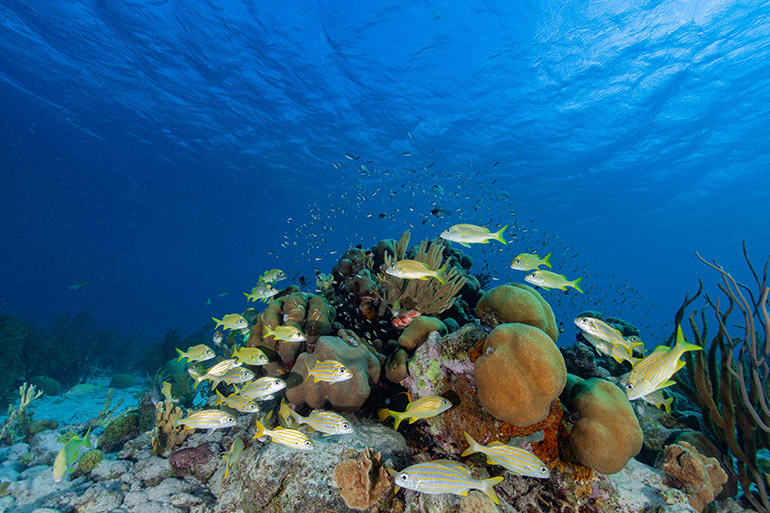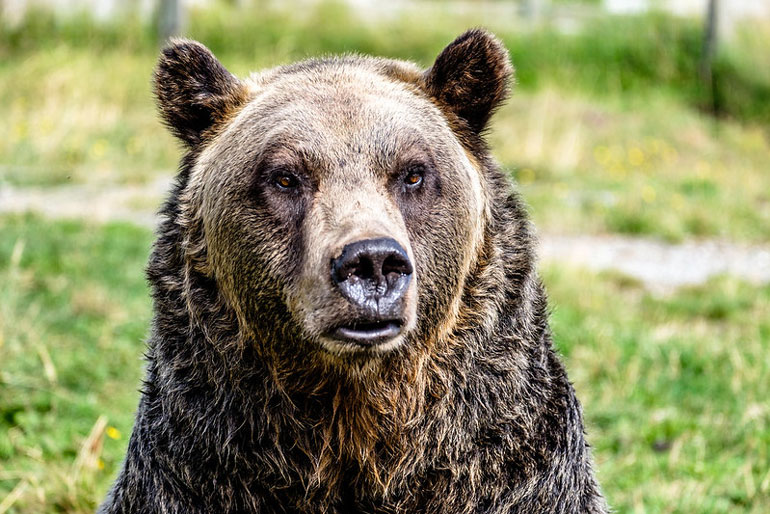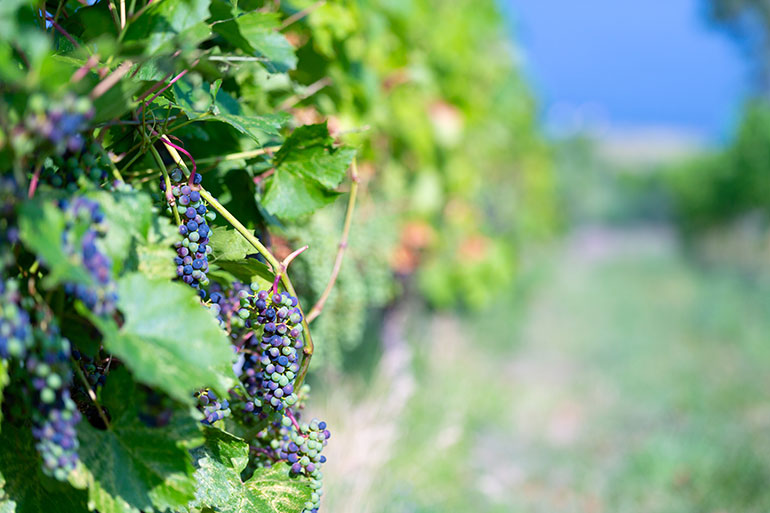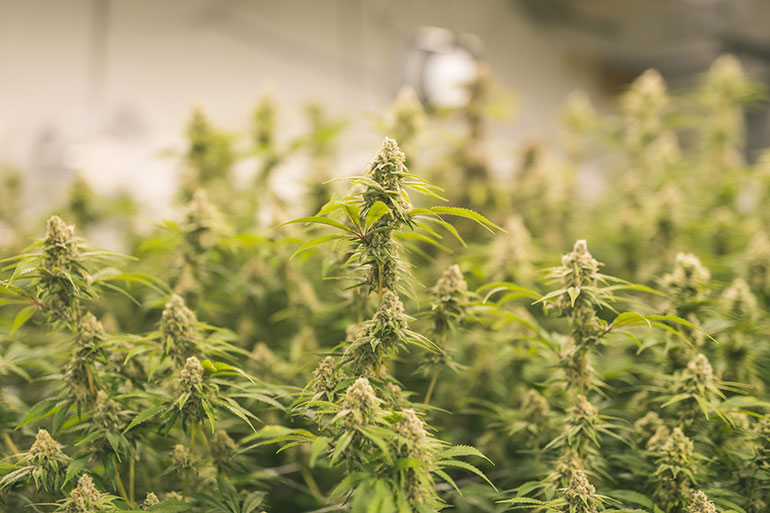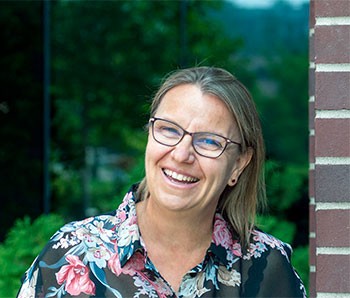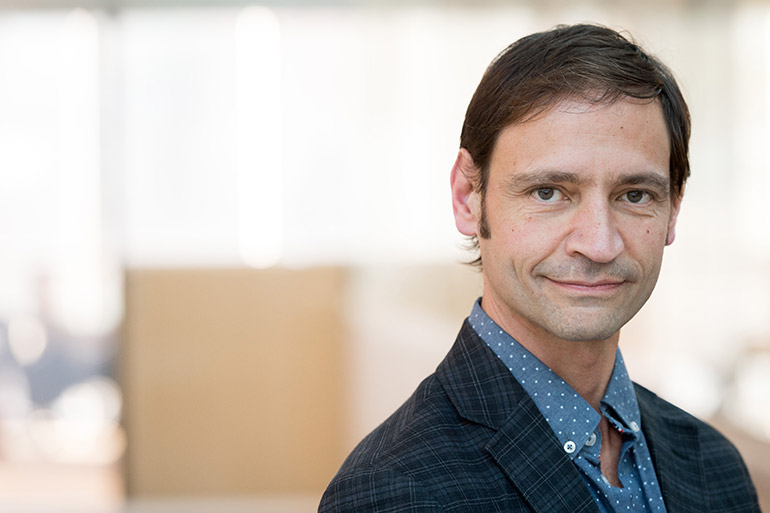
Gino DiLabio, inaugural dean of the Irving K. Barber Faculty of Science.
Faculty of Science’s inaugural dean shares bright vision for future
It was a summer to remember for UBC Okanagan’s newly-minted Irving K. Barber Faculty of Science.
The new Faculty of Science was formed in July alongside the Irving K. Barber Faculty of Arts and Social Sciences after the previously combined faculty grew and evolved into two new independent academic units.
The transition from one faculty into two marked a milestone for UBC Okanagan and signals the growth that the campus has experienced since its inception 15 years ago—expanding from 3,500 students in 2005 to more than 11,000 today.
The Faculty of Science’s inaugural Dean Gino DiLabio was recently appointed and is navigating his first term in the newly-created role. DiLabio, a chemistry professor and former head of UBCO’s chemistry department, explains the rationale for the new faculty and its commitment to research and partnerships within the community.
Why was it time to create the Irving K. Barber Faculty of Science at UBC Okanagan?
A lot of factors were taken into consideration when making this decision—but I’d say the biggest factor was that the sciences here on campus have grown so much since its inception in 2005.
The former Irving K. Barber School of Arts and Sciences had nearly 55 per cent of all of UBCO’s students, who were enrolled in many different programs. Transitioning into two separate faculties allows us to focus our attention and resources on advancing science education and research and in leading the growth of the campus as outlined in UBC’s Okanagan’s Outlook 2040 strategic plan.
What types of research are currently underway in the Faculty of Science?
Our faculty does everything from making new molecules to understanding ecological landscapes and nearly everything in between. We have expertise in artificial intelligence, machine learning and medical physics. We’re a relatively small faculty in comparison to other institutions, yet have a broad range of research that we’re engaged in locally, garnering national and international attention.
Initially, we will focus on identifying how we can combine our strengths across the research disciplines in the faculty to do truly unique things in the research and educational programming spaces.
Why are increased partnerships between the Faculty of Science and local industry important for both?
If we can use our skillset to conduct world-renowned research while helping local industry solve a problem, to me it’s a win-win. We have some incredible partnerships within the community already, but I’d like to see more.
The first that comes to mind is Chemistry Professor Wesley Zandberg’s partnership with local grape growers. He’s working with farmers to develop a preventative strategy that protects wine grapes from the negative effects of wildfire smoke. Another example is the work of Professor Lael Parrott, who is collaborating with Indigenous traditional knowledge holders to find sustainable ways to manage the Okanagan landscape.
These are great examples of Okanagan researchers solving Okanagan problems; not only do they allow our community to be more self-reliant, it’s also pretty cool.
How do you see the Faculty of Science evolving over the next five years?
Broadly speaking, I’d like us to continue on this growth trajectory. Over the past couple of years, the Irving K. Barber School of Arts and Sciences has hired several faculty members in the sciences, both educators and researchers, and I hope to work with them on continuing to grow our undergraduate and graduate programs, as well as our research output.
The Faculty of Science is, and will continue to be, an important part of this campus’ identity in the years to come. We’re not a stand-alone entity, we’re an integral part of the community, helping to develop the socio-economic landscape in the region—but we don’t do it on our own. We do it in partnership with other faculties on our campus, local Indigenous communities, broader communities and industry partners. I’d like to see us continue to nurture these relationships and leverage them to do good for all involved—that, to me, would be a true success.
About UBC’s Okanagan campus
UBC’s Okanagan campus is an innovative hub for research and learning founded in 2005 in partnership with local Indigenous peoples, the Syilx Okanagan Nation, in whose territory the campus resides. As part of UBC—ranked among the world’s top 20 public universities—the Okanagan campus combines a globally recognized UBC education with a tight-knit and entrepreneurial community that welcomes students and faculty from around the world in British Columbia’s stunning Okanagan Valley.
To find out more, visit: ok.ubc.ca

